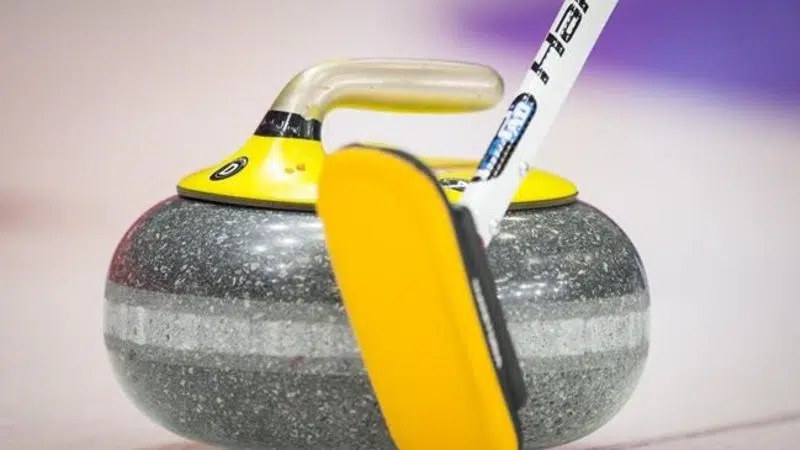
Curling’s longstanding 10-versus-eight debate continues to simmer
At the 1999 World Curling Federation’s annual general meeting in Saint John, N.B., then-president Gunther Hummelt begged member federations to vote in eight-end games.
Curling had just returned to the Winter Olympics a year earlier. The WCF was under pressure from the International Olympic Committee to shorten games for television.
The members voted no.


